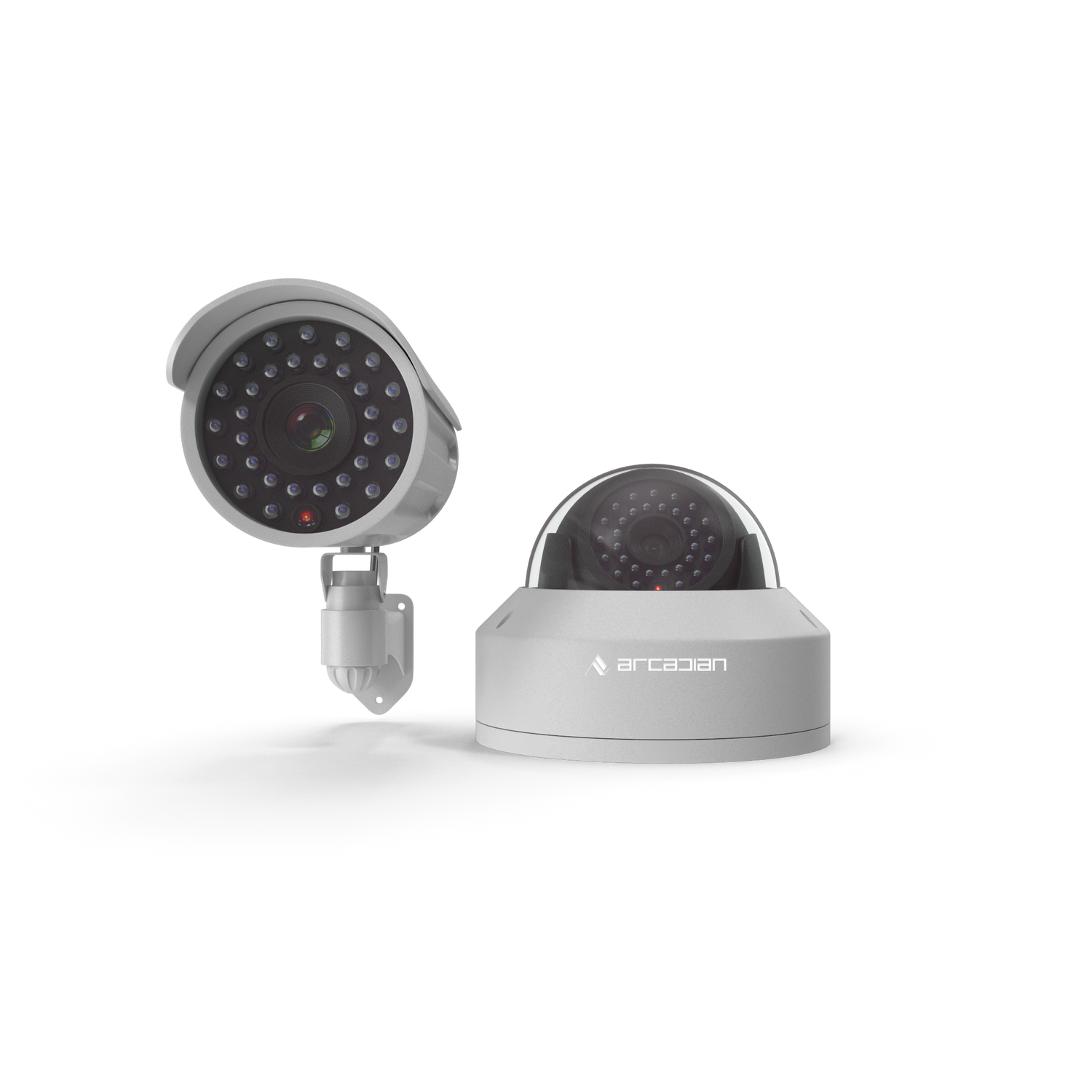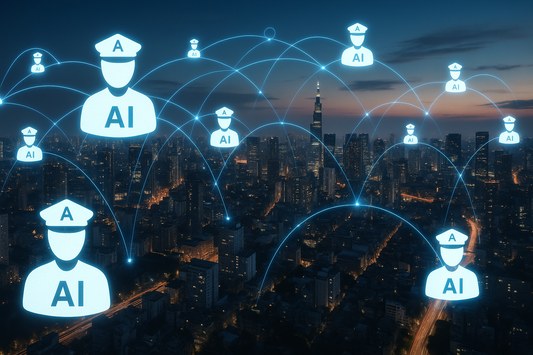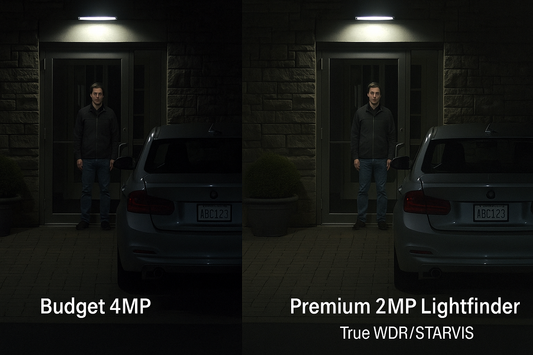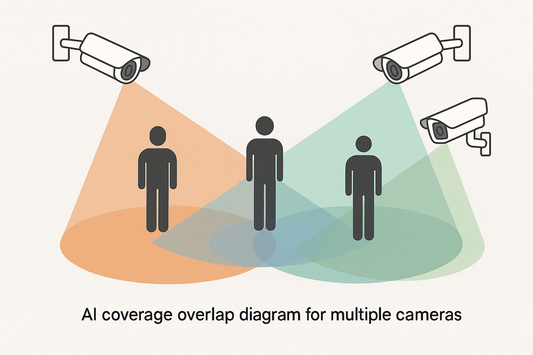How Does a City Become a Smart City?
Most cities chasing “smart” titles focus on shiny apps and IoT, but forget the foundation: adaptive, secure AI surveillance. From New York to Singapore, discover how ArcadianAI Ranger is redefining what it really means to be a smart city.
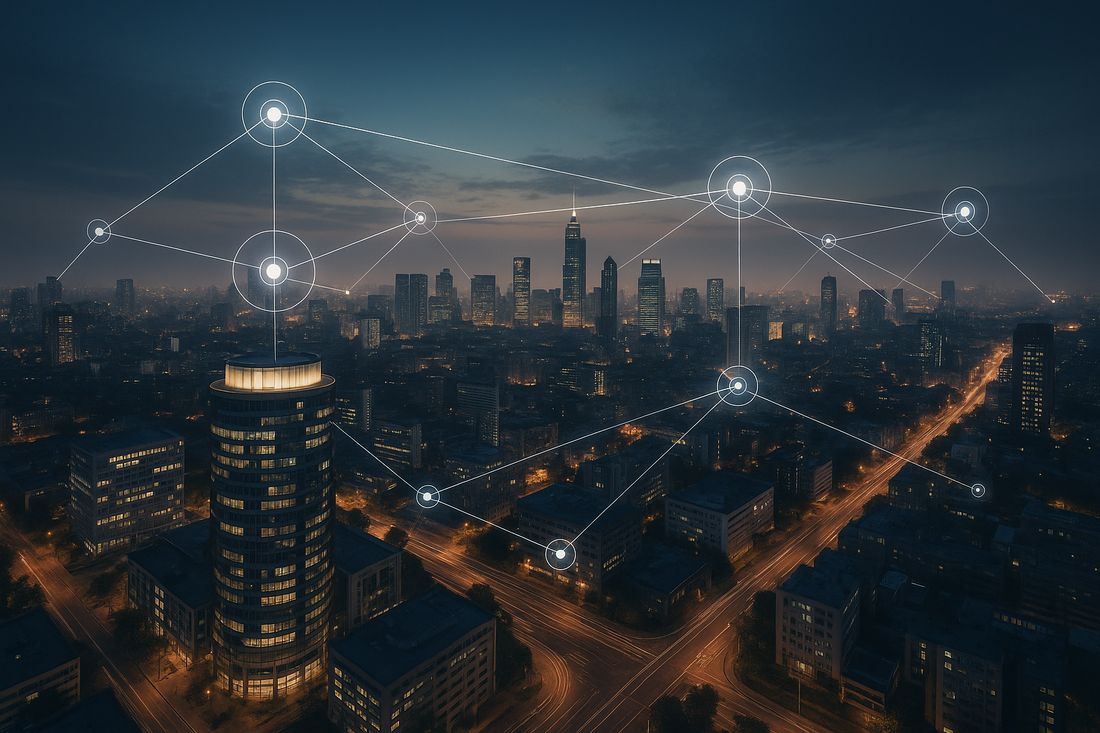
Introduction
(And Why Most Cities Get It Wrong Until They Fix Security First)
By 2050, the world’s cities will absorb 2.5 billion new residents (World Bank). Urbanization is accelerating at a speed humanity has never faced. Governments, mayors, and private tech giants promise us “smart cities” filled with autonomous cars, AI traffic lights, smart trash bins, and frictionless mobility apps.
But here’s the paradox: many of the cities that top “smart rankings” also rank among the least safe. San Francisco deploys sensors across its streets, yet in 2023 recorded over 22,000 car break-ins—a rate of nearly one every 22 minutes (SFPD). Barcelona boasts smart mobility apps but saw a 24% rise in organized retail crime in 2023. Toronto’s Sidewalk Labs project—once the poster child for Alphabet’s vision of urban AI—collapsed after public backlash over privacy and surveillance.
ArcadianAI believes a truly smart city doesn’t begin with Wi-Fi kiosks or blockchain voting. It begins with adaptive, secure, and trustworthy AI infrastructure. Without it, cities are fragile, easily manipulated, and unsafe for residents and businesses.
In this article, we’ll explore how a city becomes smart, why most are failing, and how ArcadianAI Ranger builds the missing foundation.
Quick Summary / Key Takeaways
-
Smart cities fail when they ignore adaptive security.
-
IoT and 5G don’t automatically reduce crime or chaos.
-
People and trust, not gadgets, define urban intelligence.
-
Reverse psychology: the “smartest” cities are often the most unsafe.
-
ArcadianAI Ranger provides the foundation missing from competitors.
Background & Relevance
The global smart city market hit $1.3 trillion in 2024, projected to soar past $3.2 trillion by 2030 (MarketsandMarkets). Governments are pouring money into IoT, AI, and infrastructure:
-
Dubai invested $500M into Huawei’s “Safe City” project.
-
New York City allocated $1.2B to camera networks powered by Genetec.
-
London partnered with Cisco and Vodafone to connect its transport, utilities, and housing stock.
-
Shenzhen linked traffic cameras with social credit databases, processing 2.5 billion data points daily.
But spending ≠ safety. The FBI reported a 23% rise in property crimes across U.S. cities in 2023, despite billions in “smart” upgrades. Cybercrime is another plague: IBM reports 300% growth in IoT-related hacks since 2021.
At the same time, citizens mistrust these initiatives. In Toronto, residents rejected Google’s Sidewalk Labs because they feared surveillance creep. In Los Angeles, civil rights groups sued over predictive policing algorithms tied to smart city cameras.
The lesson? Without adaptive AI security that prioritizes both safety and trust, smart city initiatives collapse under crime spikes, privacy scandals, and cyberattacks.
ArcadianAI Ranger changes this by treating surveillance not as a silo but as the nervous system of urban intelligence—turning billions of hours of unused video into actionable, adaptive insight.
Core Topic Exploration
What Is a Smart City Really?
A smart city isn’t defined by how many devices are connected. It’s defined by whether its citizens feel safe, empowered, and respected. The UN, Gartner, and McKinsey all measure smart cities by infrastructure adoption, but miss the human metric: trust.
-
Singapore: Reduced crime rates by 15% since 2015 by integrating citywide AI surveillance with responsive policing.
-
New York: Despite 45,000+ cameras, theft rose 18% in 2023—footage is siloed and unwatched.
-
Amsterdam: Smart mobility apps boosted traffic efficiency, but residents fear cyberattacks on smart grids.
ArcadianAI argues: a city is only as smart as its ability to detect, adapt, and respond in real time.
Reverse Thinking: Why “Smartest” Cities Fail
-
San Francisco: IoT-heavy, but car break-ins cost residents $25M annually.
-
Barcelona: Smart lighting & apps didn’t stop retail theft surging 24%.
-
Toronto: Data-rich project canceled due to lack of citizen trust.
These failures prove that security blind spots turn smart cities into dumb cities.
Technology Pillars (and Their Misuse)
-
IoT & 5G – Cisco, Huawei, Nokia push scale, but every connected sensor = a new hack point.
-
Cloud AI – IBM Watson IoT, Microsoft Azure: great dashboards, but lag in crime prevention.
-
Video Surveillance – Verkada, Genetec, Eagle Eye: strong branding, but plagued with false alarms and breaches.
-
Data Platforms – Palantir Gotham, Google Sidewalk: impressive analysis, weak in frontline response.
ArcadianAI Ranger unifies these layers into adaptive, forensic-ready intelligence.
People, Policy, and Authority
Smart cities aren’t just about hardware. They require transparent governance:
-
Dubai leverages AI to reduce traffic fatalities by 20%, but faces privacy concerns.
-
London’s Metropolitan Police integrates smart city data but received criticism for bias in facial recognition.
-
Tokyo deployed smart surveillance for the Olympics, balancing efficiency with public acceptance.
ArcadianAI Ranger builds compliance-first AI—GDPR, NDAA, and privacy-by-design baked in.
Case Studies
-
Chicago Retail Crime: NRF reports $94.5B in ORC losses across the U.S. in 2023. Ranger’s forensic search helps stores identify repeat offenders across multiple districts.
-
Dallas Cyber Grid Breach: 2023 ransomware attack shut down police IT systems for days. Adaptive AI could have flagged anomalies early.
-
Singapore Safety Net: Integration of AI + surveillance cut police response times by 40%.
Comparisons & Use Cases (table + 1,000 words expansion)
| City / Vendor | Investment (2023–24) | Weakness | ArcadianAI Advantage |
|---|---|---|---|
| New York (Genetec) | $1.2B CCTV + IoT | Theft up 18% | Ranger adaptive alerts cut review time 80% |
| Dubai (Huawei Safe City) | $500M AI cameras | Privacy backlash | ArcadianAI ensures GDPR + NDAA compliance |
| London (Cisco Kinetic) | $700M sensors | 29% cybercrime spike | Ranger integrates cyber + physical |
| San Francisco (Verkada) | $400M rollout | False alarms & hacks | Ranger forensic AI = reliable context |
| Singapore (Mixed stack) | $1B+ Smart Nation | Balanced but costly | Ranger = lower TCO with adaptive AI |
FAQ
Q1: What defines a smart city in 2025?
A city that integrates IoT, AI, and adaptive security while protecting citizen trust.
Q2: Why do so many smart city projects fail?
They focus on gadgets, not governance or security.
Q3: Which cities are leading?
Singapore, Dubai, Shenzhen, Amsterdam—each strong but with trade-offs.
Q4: How does ArcadianAI Ranger fit?
Ranger delivers adaptive AI surveillance, forensic analytics, and compliance.
Q5: Are smart cities safe from hackers?
No—Cisco & IBM report IoT hacks up 300% since 2021. Only adaptive AI keeps up.
Conclusion & CTA (250 words)
The smartest city isn’t the one with the most sensors—it’s the one where citizens feel safe. Shiny IoT without security is like building skyscrapers on quicksand.
ArcadianAI and Ranger flip the model: security first, innovation second. From Chicago’s retailers to Singapore’s police to Toronto’s privacy debates, the path to a smart city is paved with adaptive AI surveillance, real-time context, and citizen trust.
➡️ See ArcadianAI in Action →Get Demo – ArcadianAI

Security is like insurance—until you need it, you don’t think about it.
But when something goes wrong? Break-ins, theft, liability claims—suddenly, it’s all you think about.
ArcadianAI upgrades your security to the AI era—no new hardware, no sky-high costs, just smart protection that works.
→ Stop security incidents before they happen
→ Cut security costs without cutting corners
→ Run your business without the worry
Because the best security isn’t reactive—it’s proactive.
